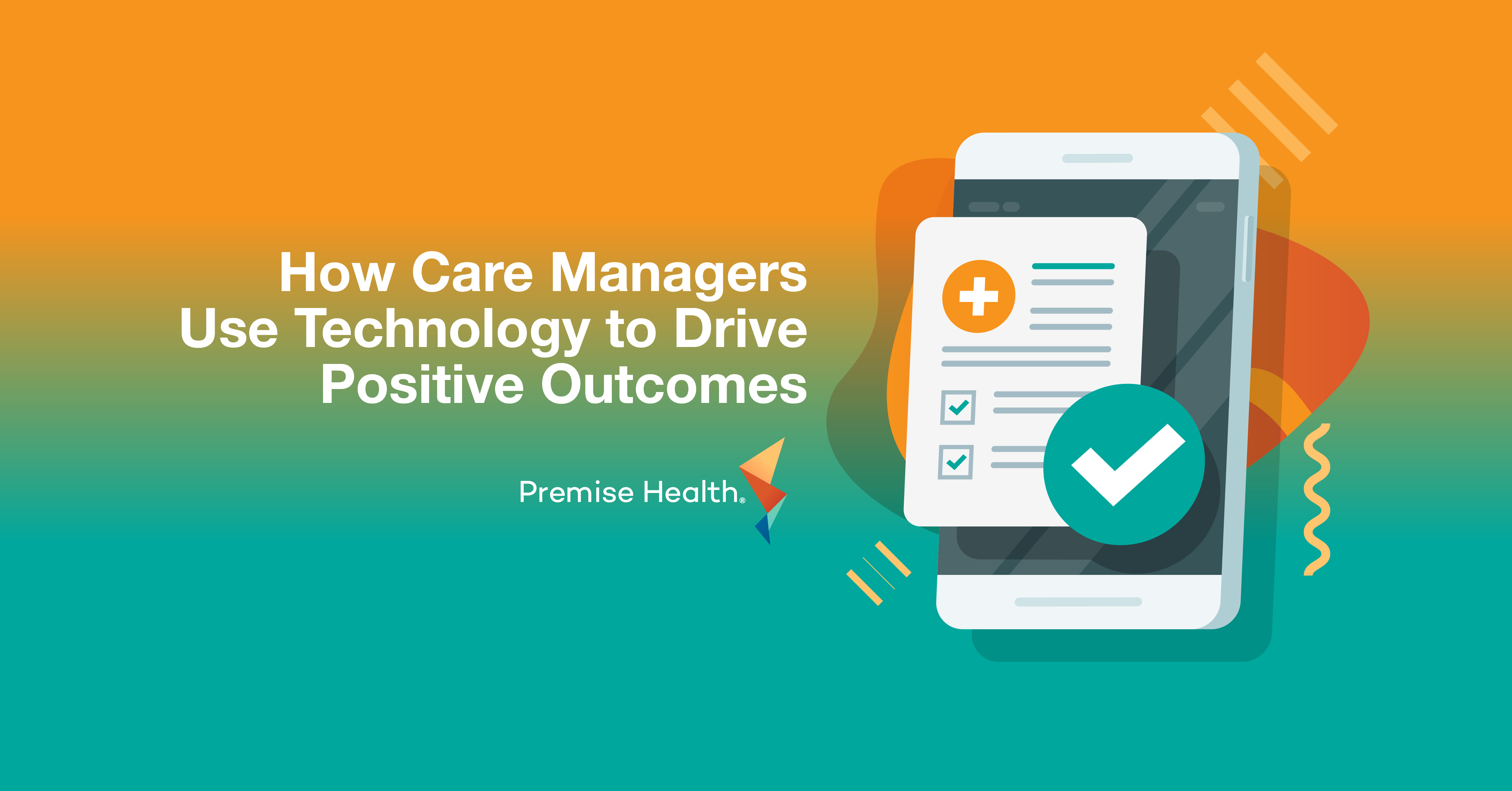How to Expand Occupational Health to Address Total Worker Health®
We know that employees that don’t feel their best at work don’t do their best work. But that’s not only determined by workplace factors, it’s also affected by things outside of the workplace like:
- Stress and anxiety from family issues
- A pulled muscle from weekend yard work
- Extreme fatigue from undiagnosed diabetes
- Other social determinants of health outside of work
When it comes to employee health, what is the goal of your occupational health strategy? Is it simply to treat worker injuries, or are you looking to go further and help employees optimize their overall health, wellbeing, and productivity?
If your workplace health and safety program doesn’t already use a Total Worker Health® approach to care, integrating complementary healthcare solutions is important to round out your employee safety program. For those not familiar, Total Worker Health® is an approach created by the National Institute for Occupational Safety and Health (NIOSH) to improve the wellbeing of the U.S. workforce by protecting their safety, enhancing their health, and boosting their productivity.
Because we know the importance of whole-person healthcare, this approach should include the factors outside of occupational health that affect worker health, like access to other types of healthcare. But how do you build a strategy that goes beyond reacting to workplace injuries and illnesses? With that approach in mind, let’s talk about different types of care that – when combined with occupational health – will enhance the wellbeing of your employees.
Occupational Health and Primary Care
Making preventive, primary care visits easy to access for your employees supports a NIOSH Total Worker Health® approach. It’s ultimately beneficial in the workplace, too, with healthier employees experiencing fewer injuries or missed days of work. Employers who make this benefit readily available to their workforces by implementing a wellness center on or near their worksites see strong outcomes like increased overall engagement, preventive visits, and positive ROI.
Some employees might feel apprehensive about getting their healthcare at work. There’s still a lot of stigma around seeing the “company doctor.” But the reality is occupational health providers and primary care providers (PCPs) are experts in privacy and confidentiality. They know which pieces of health information need to be documented for employer compliance reasons, and what should stay confidential between patient and provider.
Even so, bringing in a neutral third party to operate your primary care and occupational health programs can be helpful to build trust with employees. With an integrated care team, our providers can work together to ensure employers stay in compliance and workforces are staying healthy while maintaining trust with employees.
Chronic Condition Care
High rates of chronic conditions within your workforce can lead to a multitude of negative health outcomes, including workplace injuries or difficulty returning to work after an injury has occurred. When chronic conditions like diabetes, high blood pressure, and high cholesterol are under control, employees are not only healthier, but employers can also see a significant reduction in their healthcare costs. A collaborative approach to chronic condition care where primary care providers and occupational health experts work together ultimately supports the preventive focus of a NISOH Total Worker Health® program that addresses worker health and wellbeing to prevent poor outcomes.
Occupational Health and Musculoskeletal Care
With a shared focus on preventing injuries and responding to discomfort that happens at work, occupational health and musculoskeletal (MSK) solutions go hand in hand. In addition to the expertise and treatment occupational health providers bring to the workplace, MSK programs like Early Intervention are especially important for preventing and addressing minor sprains, pulls, or tears at work by addressing ergonomics and work conditioning, which ultimately helps prevent costly OSHA recordables.
Having a deep knowledge of injury causation and MSK programs means occupational health providers can make effective decisions when employees come to them with an injury. Both types of providers work closely with your health and safety teams and share a common goal of creating a safer, healthier workplace.
Occupational Health and Behavioral Health
The workplace is recognized as one of the biggest factors influencing people’s mental health, making cooperation between occupational health providers and behavioral health counselors crucial when it comes to taking care of your employees’ wellbeing. With the national wait time for behavioral health services clocking in at 48 days, employer-sponsored benefit offerings can connect workers with an opportunity for care they wouldn’t have had otherwise.
We’ve previously covered some of the challenges employees might face when it comes to accessing behavioral health services and how occupational health providers can promote routine screening for conditions like anxiety and depression and be an important referral point for employees. In addition, with a Total Worker Health® approach to occupational health and safety in the workplace, there is an expanded focus on the quality of working life which ties in closely to the goals of behavioral health.
Fostering a safe and healthy workplace that addresses mental health within your workforce results in benefits for employers like improved employee creativity, innovation, and productivity. Plus, reputation and recruitment shine when behavioral health is incorporated into your overall strategy.
As you can tell, a proper Total Worker Health® approach is best accomplished by incorporating multiple solutions to more effectively meet worker needs and lead to better health outcomes. Premise Health occupational health teams can collaborate with employers and develop strategies to meet the unique Total Worker Health® mission of the organization.
If you’re ready to upgrade your occupational health solution, reach out to us to learn how you can level up with integrated solutions.
Next on industry insights.

Clinical Quality at Premise: A Q&A With Meghan McManama, DNP
Read the Blog
How Care Managers Use Technology to Drive Positive Outcomes
Read the Blog